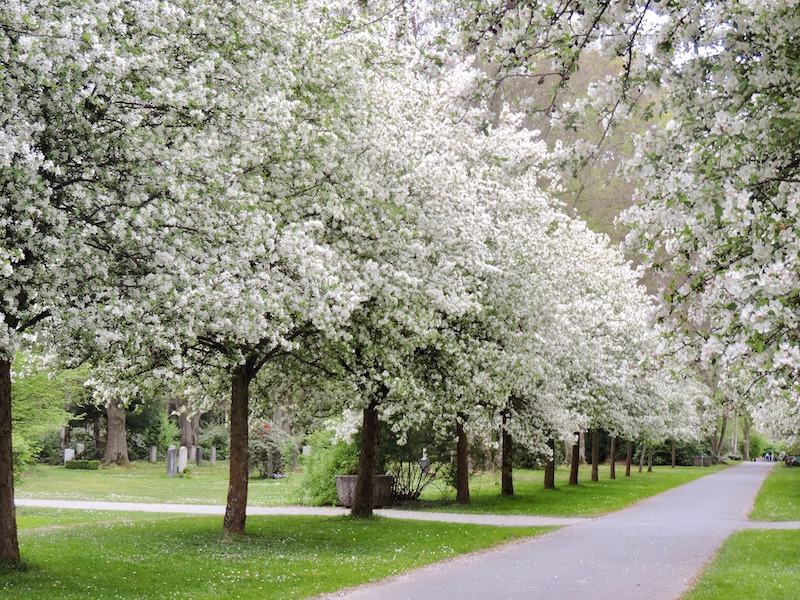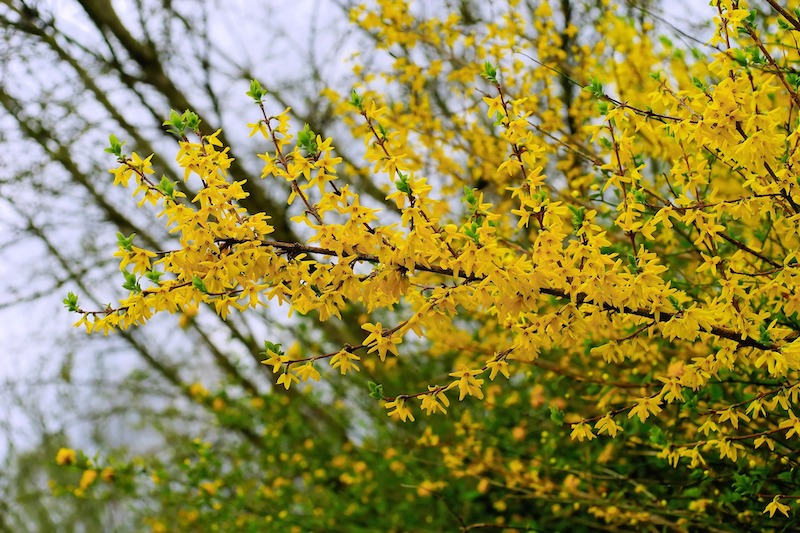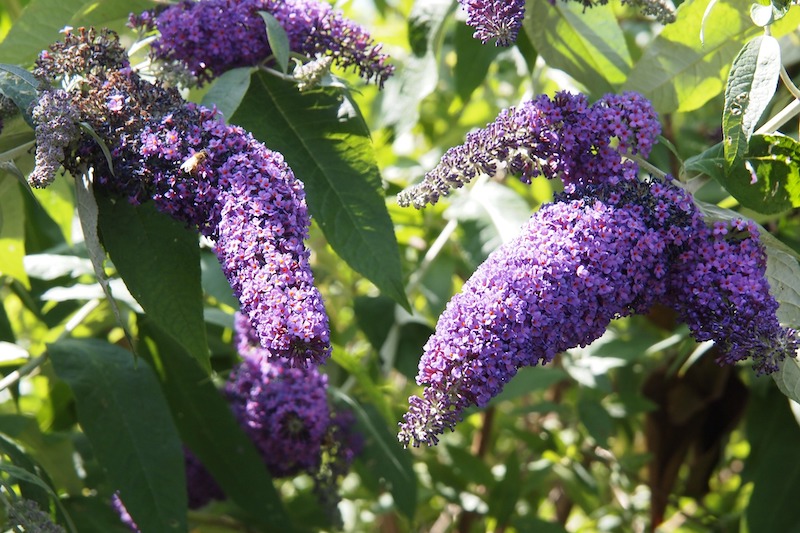When choosing ornamental trees and shrubs, the color, size, and lushness of their blooms is so often the deciding factor. It can be concerning, then, when they fail to bloom. Thankfully, failure to bloom is often related to growing conditions and care and is usually easily remedied. Instead of replacing the plant, try changing its environment and adjust watering, pruning, and fertilizer. With a little patience, you are likely to be rewarded with future blooms.

Common Reasons Why Trees and Shrubs Aren't Blooming
For trees and shrubs that require pruning or shaping, one of the most common reasons that blooms are inadequate is due to improper or ill-timed pruning. Something else that may limit a tree or shrub’s ability to bloom is a lack of sunlight. If trees or shrubs are in a space that is gradually getting shadier over time, they are being denied the sunlight they need to make enough food to produce flowers.
Inconsistent or inadequate watering may lead to stunted growth. Without the right amount of water, plants can spend a lot of their energy just trying to conserve moisture or stay alive. Other factors that may limit a plant's ability to bloom include plant age, a lack of nutrients, and damage from pests, frost, or disease.
Pruning A Plant To Help It Bloom
When pruning a flowering tree or shrub, it is vital to know when that plant is supposed to bloom. A spring-blooming shrub like forsythia, for example, will not bloom fully when pruned in the late fall or winter after it has set its buds for the following spring. This is an example of a plant blooming on old wood. It is best to wait until after the plant has finished blooming to prune and shape so as to avoid damaging the buds. In the case of forsythia, this would mean pruning in late spring or summer.
Trees and shrubs that bloom on new wood will not produce buds until after they begin growing in the spring. These plants can often be pruned in late winter or spring without the worry of affecting the bloom cycle. Ultimately, it is best to research a specific plant prior to pruning.

Fertilizing Plants To Help It Bloom
Nutrient deficiencies alone are rarely the limiting factor when it comes to blooming. More often, watering, pruning, or lighting is the culprit. In fact, overfertilizing is more likely to prevent blooms than a lack of fertilizer. When flowering plants are fed with high amounts of nitrogen, for example, the plant will focus more on producing green, leafy growth than flowers. Fertilizer applied at the wrong time or in the wrong concentration can even damage a plant’s roots and leaves.
One way to determine if imbalanced nutrition is causing your blooms to fail is by testing your soil. While there are bloom-boosting fertilizers that can aid your plant in flower production, it is a good idea to do a bit more research to find out which type of fertilizer is best for your plants.

Getting Trees and Shrubs To Produce More Blooms
The best way to help your trees and shrubs produce an abundance of flowers is to provide them with the right kind of soil, sufficient water, adequate light, and proper pruning and care. Deadheading fading blooms is another way to extend the bloom time for trees and shrubs. This means pinching or trimming off the old blooms once they start to lose their color. While fertilizer alone will not make plants bloom, it can provide them with the needed nutrients to support and extend the length of bloom time.
Why Trees and Shrubs Aren’t Blooming
- Inadequate light
- Inconsistent water
- Pruning at the wrong time
- Too much / wrong kind of fertilizer
 |
Author Lynn Gusman - Published 1-17-2022 |
